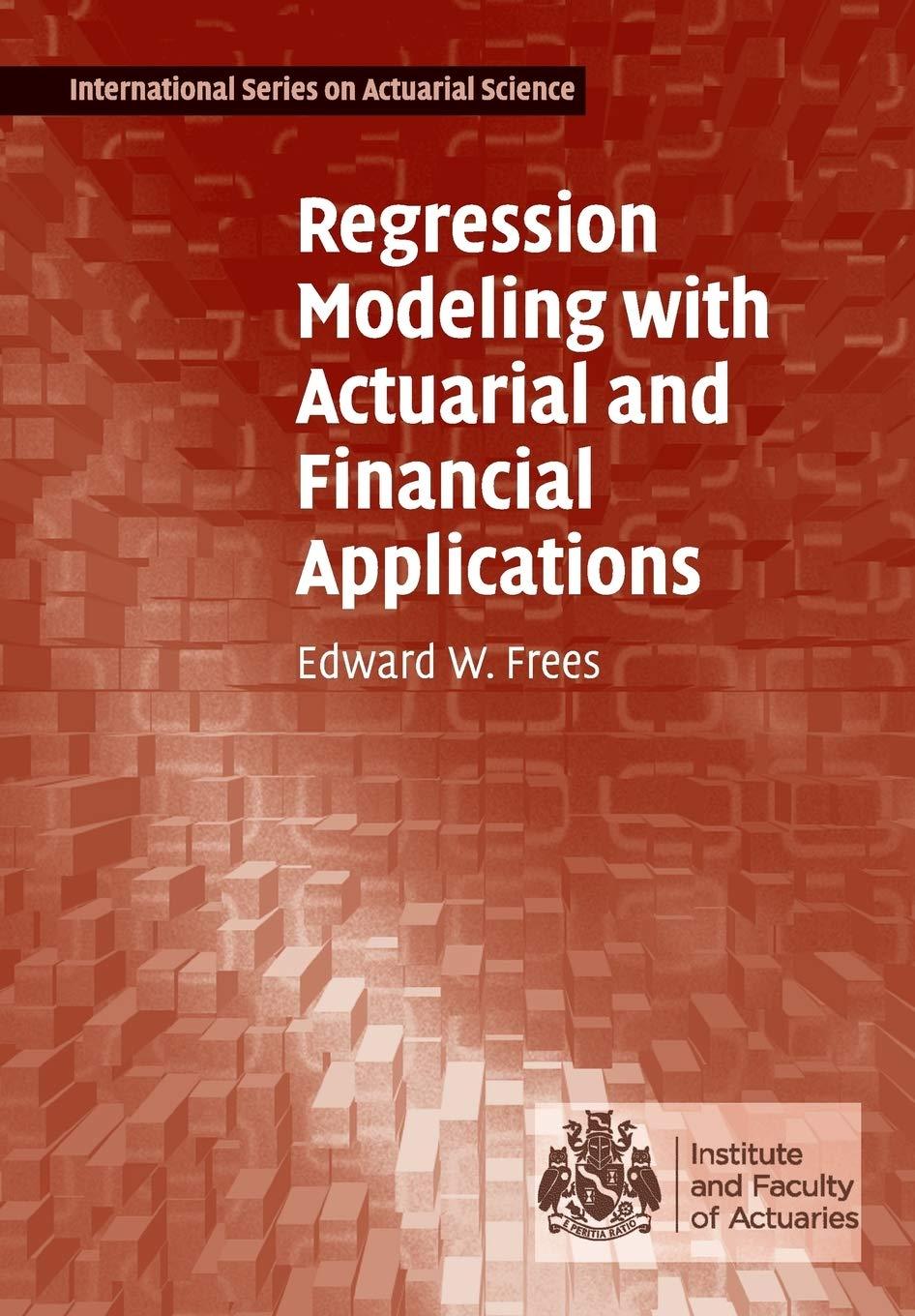Consider an underlying linear model, (y_{i}^{*}=mathbf{x}_{i}^{prime} boldsymbol{beta}+epsilon_{i}^{*}), where (epsilon_{i}^{*}) is normally distributed with mean zero and variance
Question:
Consider an underlying linear model, \(y_{i}^{*}=\mathbf{x}_{i}^{\prime} \boldsymbol{\beta}+\epsilon_{i}^{*}\), where \(\epsilon_{i}^{*}\) is normally distributed with mean zero and variance \(\sigma^{2}\). Define \(y_{i}=\mathrm{I}\left(y_{i}^{*}>0\right)\), where \(\mathrm{I}(\cdot)\) is the indicator function. Show that \(\pi_{i}=\operatorname{Pr}\left(y_{i}=1 \mid \mathbf{x}_{i}\right)=\Phi\left(\mathbf{x}_{i}^{\prime} \beta / \sigma\right)\), where \(\Phi(\cdot)\) is the standard normal distribution function.
Fantastic news! We've Found the answer you've been seeking!
Step by Step Answer:
Related Book For 

Regression Modeling With Actuarial And Financial Applications
ISBN: 9780521135962
1st Edition
Authors: Edward W. Frees
Question Posted:





